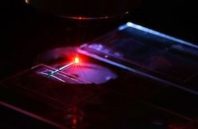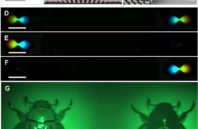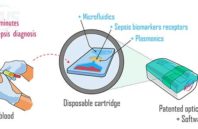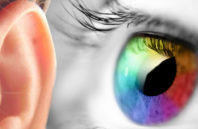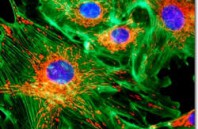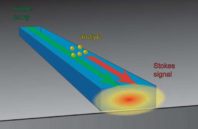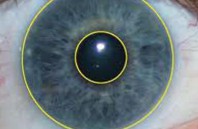Imagine standing in a dark room in which a single, glowing ball is bouncing around. The ball avoids a region in the center of the room. Over time, you might conclude that an object sits in that region, even though...
Read more
Thermal-Noise Imaging Captures Tiny Biological Tissues


 (585) 768-2513
(585) 768-2513

